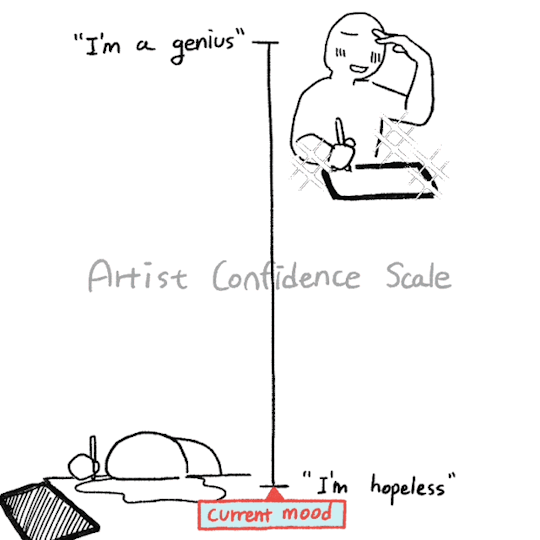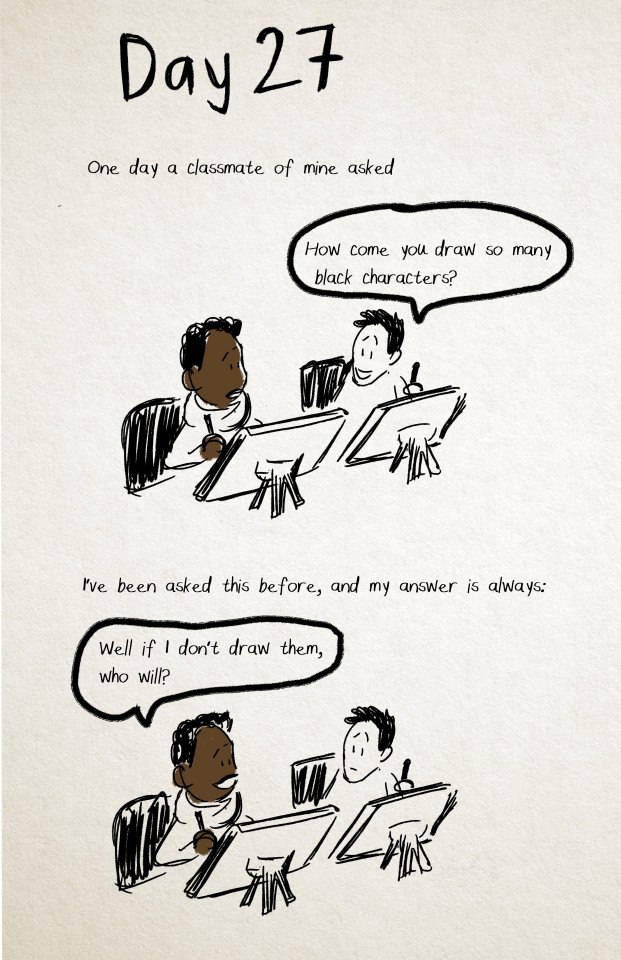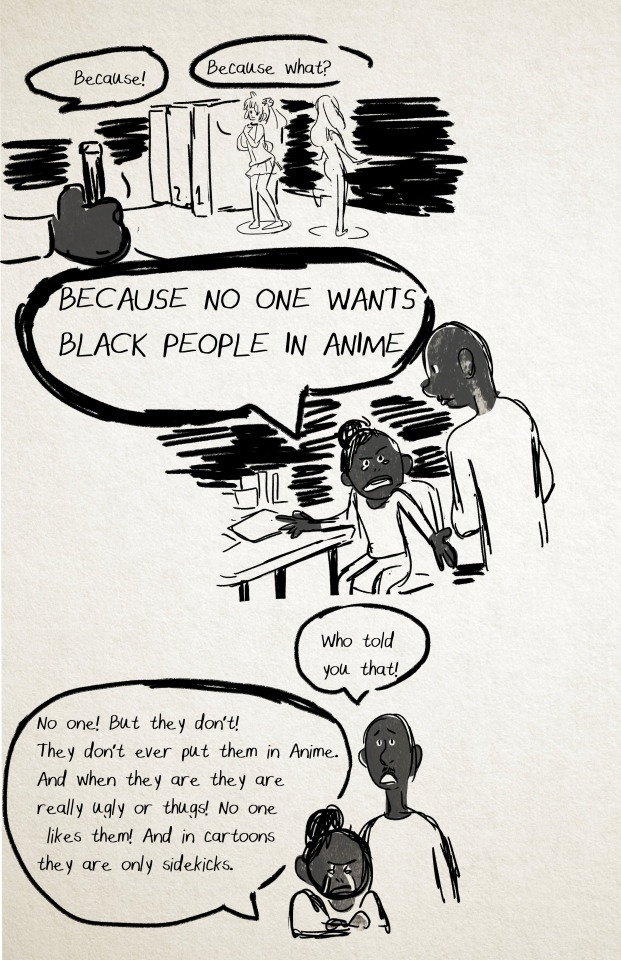Text
it’s been said before and probably more eloquently, but i’ll say it again. oppressive systems don’t have to hurt everyone in order for them to matter. they don’t need to harm oppressors to be “reason enough” for their abolition. racism doesn’t have to affect white people, ableism doesn’t have to affect abled people, misogyny doesn’t have to affect men, transphobia doesn’t have to hurt cis people in order to justify dismantling them as tools of violence and oppression. it doesn’t matter whether you have a personal stake in it or not. you should be fighting for liberation because it’s the right thing, the humane thing to do.
4K notes
·
View notes
Text
22K notes
·
View notes
Text
I didn't know predstrogen or her blog but that doesn't matter to me and it shouldn't matter to you. if they came for her they will come for you. if you're not trans they will come for you when they're done with them.
hate doesn't start and end with one target, it morphs and amalgamates until no one is safe, and it lashes out a lot.
33K notes
·
View notes
Photo



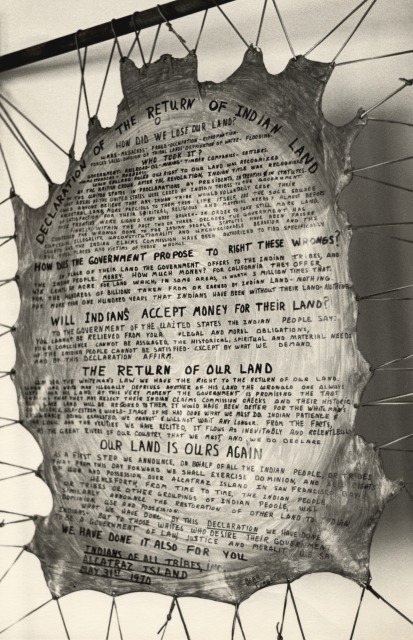
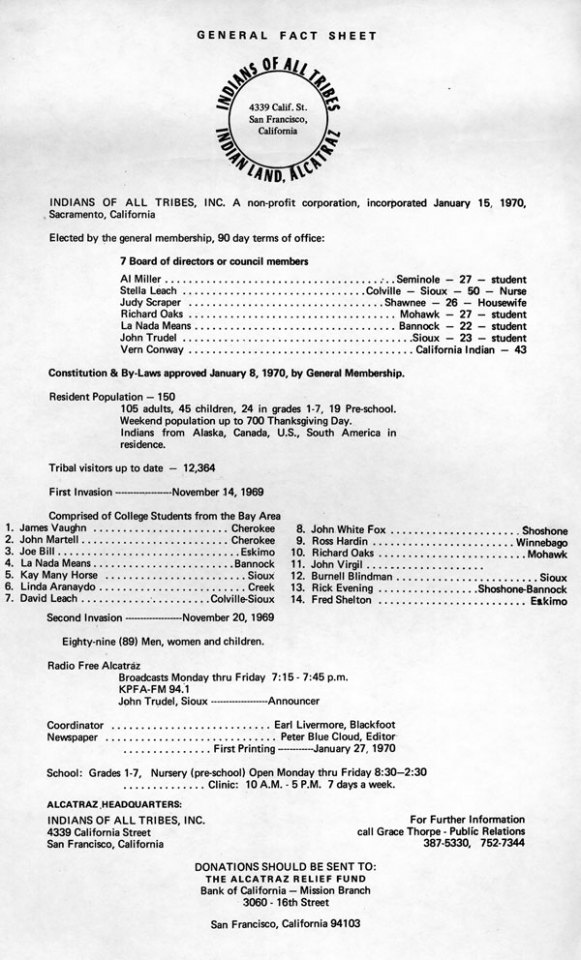
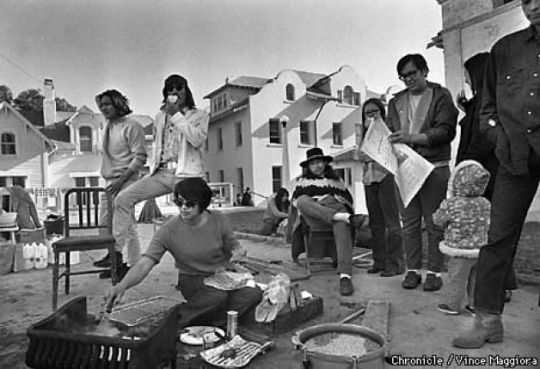
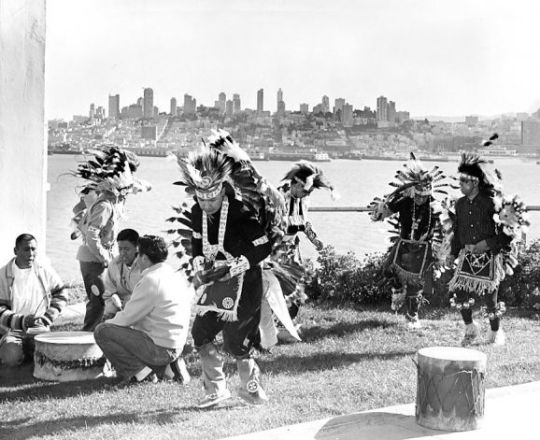


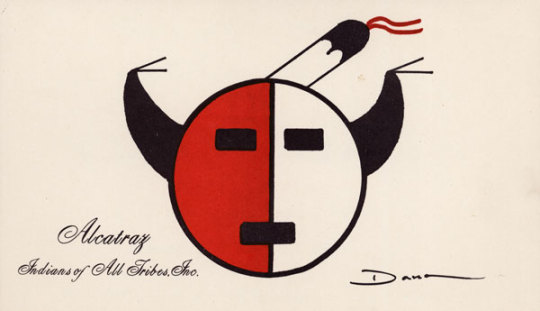
Native American Activists Occupy Alcatraz Island, 45 Years Ago
By Evan Andrews
Shortly before dawn on November 20, 1969, 89 American Indians boarded boats in Sausalito, California, and made a five-mile trip across foggy San Francisco Bay to Alcatraz Island. Upon landing, they declared the former prison Indian land “by right of discovery” and demanded the U.S. government provide funding to turn it into a Native American cultural center and university. When their terms were ignored, the activists spent more than 19 months occupying the island in defiance of the authorities. Federal officials finally removed the last of the protestors from “the Rock” in June 1971, but not before the occupation had started a national dialogue about the plight of American Indians.
Since the mid-1960s, American Indians had been on a mission to break into Alcatraz. After the famed prison shuttered its doors in 1963, Bay Area Native Americans began lobbying to have the island redeveloped as an Indian cultural center and school. Five Sioux even landed on Alcatraz in March 1964 and tried to seize it under an 1868 treaty that allowed Indians to appropriate surplus federal land. These early efforts all failed, but reclaiming “the Rock” became a rallying cry for Indians, many of whom viewed the island as a symbol of government indifference toward the indigenous population.
When an October 1969 fire destroyed San Francisco’s American Indian Center, an activist group known as “Indians of All Tribes” set their sights on the unused land at Alcatraz. A handful of protestors first journeyed to the island on November 9, 1969 under the leadership of Mohawk college student Richard Oakes. They only stayed for a night before the authorities removed them, but Oakes stressed that the landing had been a symbolic act. “If a one day occupation by white men on Indian land years ago established squatter’s rights,” he told the San Francisco Chronicle, “then the one day occupation of Alcatraz should establish Indian rights to the island.”
Indians of All Tribes made a final attempt to seize Alcatraz in the early morning hours of November 20, 1969—this time with an occupation force of 89 men, women and children. After sailing through San Francisco Bay under cover of darkness, the Indians landed at Alcatraz and claimed the island for all the tribes of North America. Ignoring warnings that their occupation was illegal, they moved into the old warden’s house and guards’ quarters and began personalizing the island with graffiti. A message appeared on the water tower reading: “Peace and Freedom. Welcome. Home of the Free Indian Land.” Other buildings were tagged with slogans like “Red Power” and “Custer Had It Coming.”
The Indians’ first official proclamation to the public followed shortly thereafter in a manifesto addressed to “The Great White Father and All His People.” In it, they stated their intentions to use the island for an Indian school, cultural center and museum. They claimed Alcatraz was theirs “by right of discovery,” but they sarcastically offered to buy it for “$24 in glass beads and red cloth”—the same price that Indians supposedly received for the island of Manhattan. The activists added that they didn’t mind that the island was underdeveloped or lacked fresh water, since most of them had already endured similar conditions on government Indian reservations.
Wary of the fallout that could accompany an attempt to remove the Indians by force, the Nixon administration opted to bide its time and leave the occupiers alone as long as they remained peaceful. Government officials later journeyed to the island on multiple occasions to negotiate, but their diplomatic efforts bore little fruit. The activists were adamant that they would settle for nothing less than the deed to Alcatraz Island, while the Government Services Administration and other agencies maintained that a land transfer was impossible.
As the two sides debated, the Indians continued settling into their new home. “We all had things to offer each other,” resident Luwana Quitquit later remembered. “Brotherhood. Sisterhood.” Native American college students and activists flocked to join the protest, and the population of Alcatraz often swelled to more than 600 people. A governing council was formed, and the island soon had its own clinic, kitchen, public relations department and even a nursery and grade school for its children. A security force dubbed the “Bureau of Caucasian Affairs” (a riff on the much-hated “Bureau of Indian Affairs”) patrolled the shoreline to watch for intruders, and a Sioux named John Trudell hopped behind the mic to broadcast radio updates under the banner of “Radio Free Alcatraz.”
Other activists supported the occupation by shuttling supplies and visitors from a mainland base at San Francisco’s Pier 40. The Indians issued a call for contributions, and by the end of 1969, canned goods, clothes and thousands of dollars in cash had poured in from donors across the country. Celebrities including Anthony Quinn, Jane Fonda and Merv Griffin all visited the island and lent their support, and the rock band Creedence Clearwater Revival even gave the Indians a boat, which was christened the “Clearwater.”
For most of late-1969, the occupation proceeded better than activists like Richard Oakes could have ever imagined. By early 1970, however, life on the island had begun to change. Many of the movement’s college students and organizers had to leave Alcatraz to return to school, and they were often replaced by vagrants who cared more about living rent free than fighting for the protest’s original cause. “Our biggest problems are freelance photographers and the hippies,” Oakes said at the time. “They stay and eat up our stores, then leave. Then we have to clean up after them.” Drugs and alcohol—both originally banned on the island—were soon circulating freely among certain members of the population.
Credit: Ralph Crane/The LIFE Picture Collection/Getty Images
The leadership crisis only worsened after Richard Oakes’ young stepdaughter fell to her death from one of the prison’s stairwells in January 1970. Oakes and his wife left Alcatraz in the wake of the accident, leaving groups of warring activists to fight it out for control of the island. By May, the government had concluded that there was little hope of resolving the situation diplomatically, and the Nixon administration cut all remaining power to Alcatraz in an effort to force the Indians out. Only a few weeks later, a fire tore across the island and destroyed several of Alcatraz’s historic buildings. The Indians claimed the blaze was an accident or perhaps even the work of outside provocateurs, but it still came as a major blow to morale.
Despite increasingly squalid living conditions and flagging outside support, a few holdouts continued to live on the Rock for another year. “I don’t want to say Alcatraz is done with,” former occupier Adam Fortunate Eagle lamented to San Francisco Chronicle in April 1971, “but no organized Indian groups are active there. It has turned from an Indian movement to a personality thing.” Citing a need to restore Alcatraz’s foghorn and lighthouse, government officials finally quashed the occupation on June 11, 1971, when armed federal marshals descended on the island and removed the last of its Indian residents. By then, the occupation force had dwindled to a skeleton crew of only six men, five women and four children.
While the last of protestors were forced to leave the island in defeat, the 19-month occupation had succeeded in galvanizing Indian activists. Indian rights organizations—many of them staffed by Alcatraz veterans—later staged occupations and protests at Plymouth Rock, Mount Rushmore, the Bureau of Indian Affairs and dozens of other sites across the country. Federal officials also started listening to calls for Indian self-determination. Even as the Alcatraz protest was still underway in July 1970, President Richard Nixon had given a speech saying, “The time has come…for a new era in which the Indian future is determined by Indian acts and Indian decisions.” The U.S. government later returned millions of acres of ancestral Indian land and passed more than 50 legislative proposals supporting tribal self rule.
Alcatraz opened as a national park in 1973, and today, its more than 1 million annual visitors can still see the Native Americans occupiers’ graffiti on several of the complex’s buildings. The National Park Service even had some of the slogans preserved or repainted when they restored the island’s water tower in 2012. The Rock has also continued to serve as a focal point of Native American social campaigns. A pair of nationwide protest walks in 1978 and 1994 both began at the island, and since 1975, people have met at Alcatraz every November for an “Un-Thanksgiving Day” celebrating Indian culture and activism.
R.I.S.E.:
Radical
Indigenous
Survivance &
Empowerment
http://burymyart.tumblr.com
http://facebook.com/RISEindigenous
__________________________________.
2K notes
·
View notes
Text

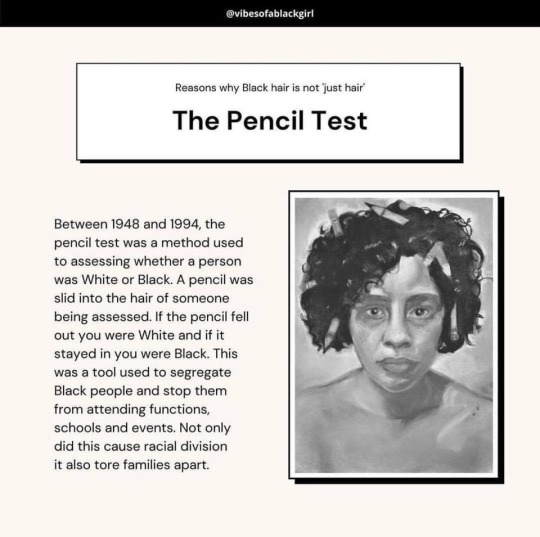
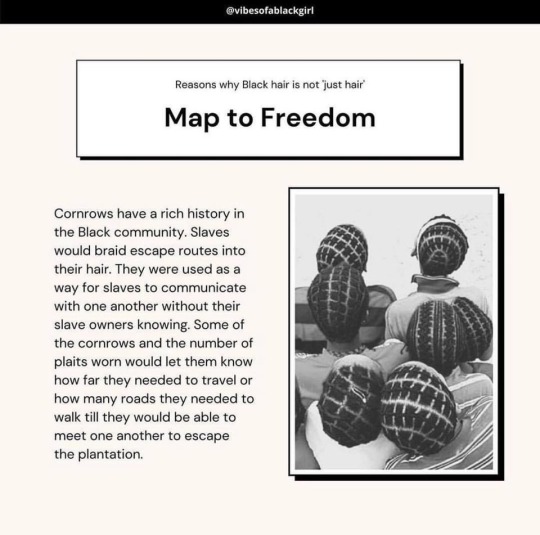


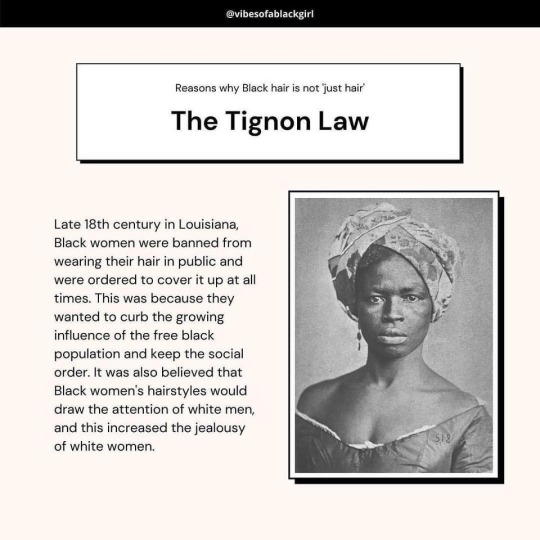
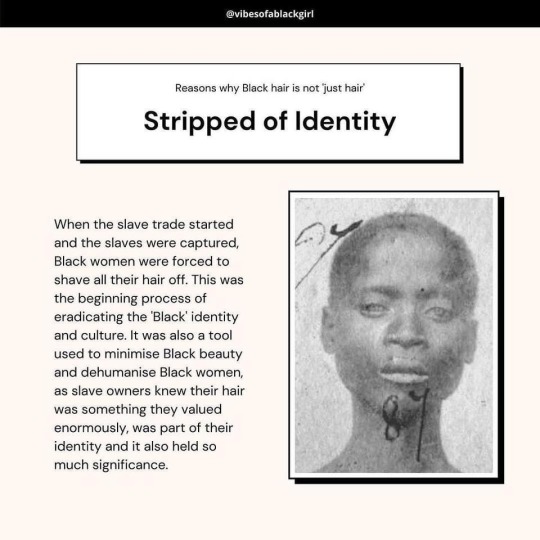


In many cultures, ethnic groups, and nations around the world, hair is considered a source of power and prestige. African people brought these traditions and beliefs to the Americas and passed them down through the generations.
In my mother’s family (Black Americans from rural South Carolina) the women don’t cut their hair off unless absolutely necessary (i.e damage or routine trimming). Long hair is considered a symbol of beauty and power; my mother often told me that our hair holds our strength and power. Though my mother’s family has been American born for several generations, it is fascinating to see the beliefs and traditions of our African ancestors passed down. We are emotionally and spiritually attached to our hair, cutting it only with the knowledge that we are starting completely clean and removing stagnant energy.
Couple this with the forced removal and covering of our hair from the times of slavery and onward, and you can see why so many Black women and men alike take such pride and care in their natural hair and love to adorn our heads with wigs, weaves, braids, twists, accessories, and sharp designs.
Hair is not just hair in African diaspora cultures, and this is why the appropriation and stigma surrounding our hair is so harmful.
107K notes
·
View notes
Photo

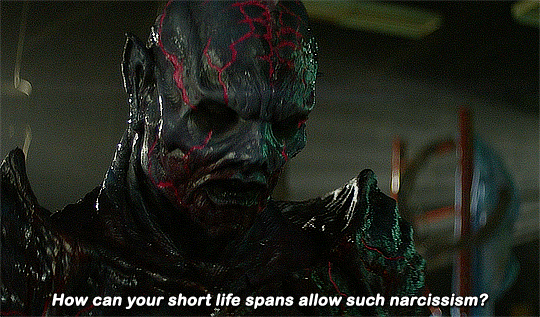





PG: Psycho Goreman (2021) dir. Steven Kostanski
151K notes
·
View notes
Text
18K notes
·
View notes
Text
Tumbleweed needs everyone to know that I am his most cruel and heartless mother for decreasing the amount of food he gets due to him gaining a third again his body weight over the last year no that is not all fur Tumbleweed you are shaped like a pregnant sheep!
He has spent much of the day stomping from room to room while yelling his immense displeasure.
53K notes
·
View notes
Text
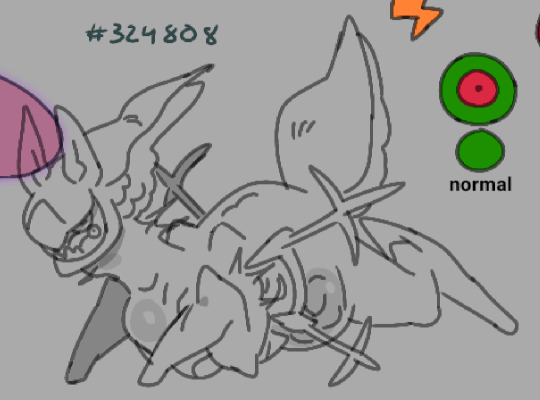

they love my weird horse
51 notes
·
View notes
Text


Portraits of Godzilla with two of his wives. Maria of Schoenberg, who he married in 1285 and who died in childbirth in 1291, and Consuela, Duchess of Castille, who he married in 1413 and ate in 1419.
16K notes
·
View notes
Photo

Tumblr sent me a special email just to make sure I saw this picture of a dragon jacking off
120K notes
·
View notes
Text
For the last few weeks this fucking thing has been harrasiung me

wgat is it, why do i hate it, how do i stop it
4K notes
·
View notes
Text



ding dong more aurilex crap ft Null and Cy
60 notes
·
View notes
